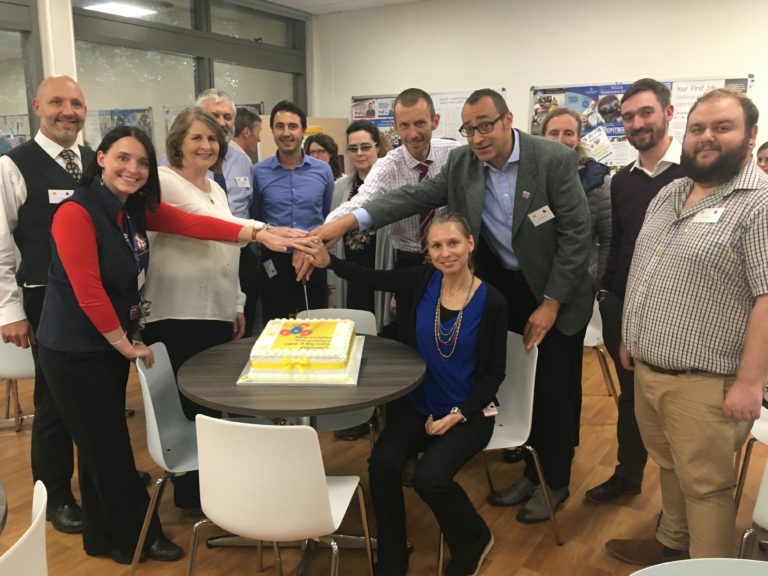‘What’s not to like about a birthday party?’ asked Professor Susan Dawson in her opening speech. Professor Susan Dawson is Head of Liverpool Veterinary School at the Leahurst Campus, where SAVSNET (Small Animal Veterinary Surveillance Network) is based, and members of HeRC had joined the SAVSNET team for the project’s 10th anniversary celebration.
One of HeRC’s long-time partners, the SAVSNET programme is a shining exemplar of delivering health informatics research using a cross-disciplinary and cross-specialism working model. Focusing on data from participating small animal veterinary practices and laboratories, and with over 4 million clinical records covered, the research programme aims to:
- monitor disease trends and highlight appropriate interventions
- identify populations at risk, monitoring treatments and outcomes
- provide data resources for academics and others
- improve general public awareness of small animal diseases and prevention
- provide a route to clinical benchmarking for vets in small animal practice
Whilst based at the University of Liverpool’s Institute of Infection and Global Health, the SAVSNET team collaborates closely and very successfully with academic, industry, charity partners from both human and animal health domains many of whom were present at the celebrations. These include The Dogs’ Trust, DEFRA, CVS Group plc, MerckSharpeDohme, Bristol University and of course HeRC collaborators from the University of Manchester, providing insight from routinely collected data to improve clinical practice and outcomes.
The collection of veterinary practice data has various uses. It can be used by researchers to monitor disease trends, identify populations at risk and monitor treatments and outcomes. The results of this analysis are then fed back to practices, allowing vets to undertake benchmarking, undertake continuous improvement and react to the risk of potential outbreaks as they occur.






